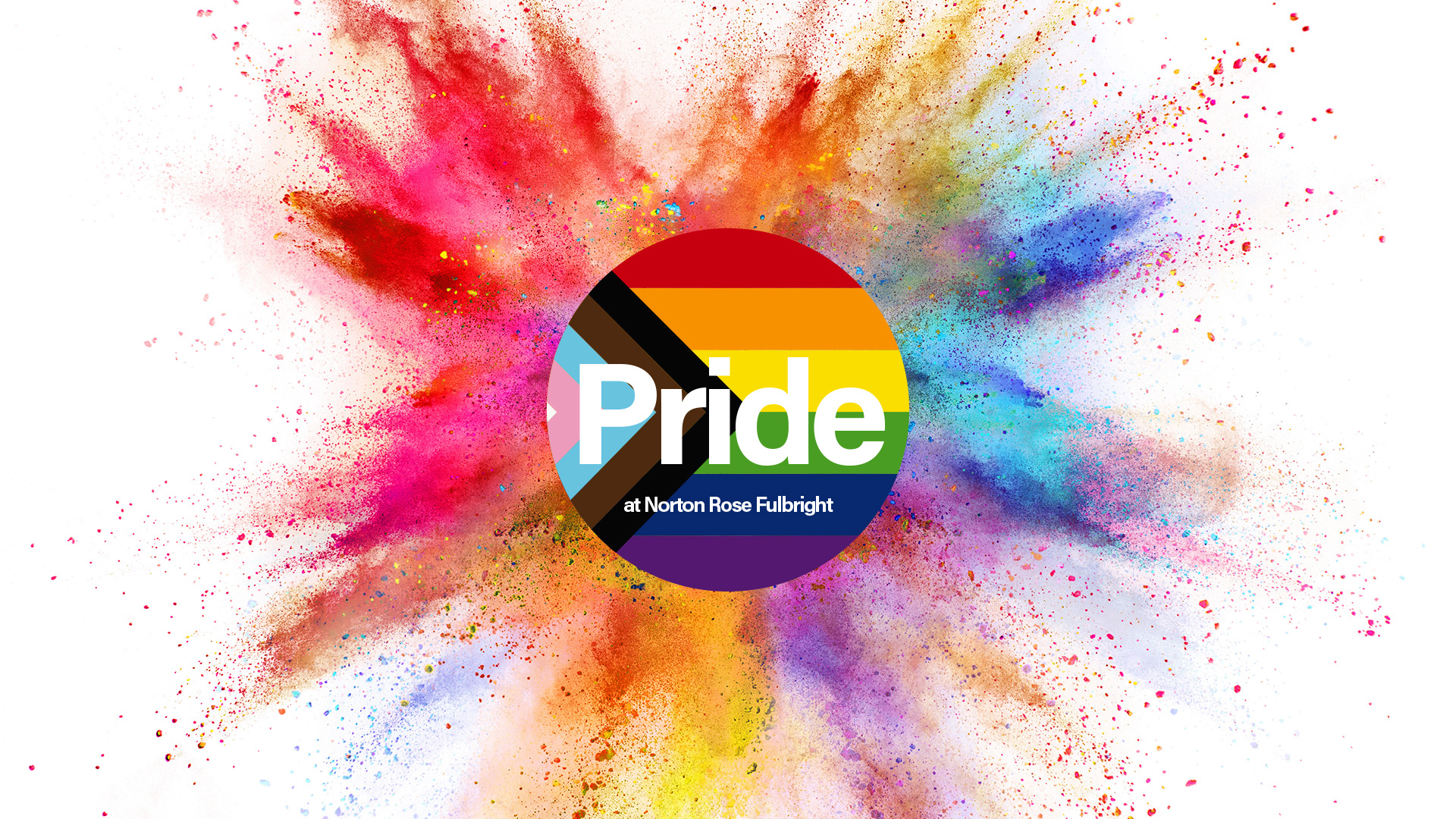I always knew I wasn’t straight. Being out wasn’t an option at my private Catholic girls’ school, so a few months after graduation, I came out. I threw myself into university, distancing myself from almost everything associated with school. While it was a daunting time, it was always black and white to me that being queer wasn’t wrong and that anyone who thought differently was. That was the easy part.
I thought that clarity would define the rest of my experience living as a queer person, but once I came out, finding a sense of belonging in the LGBTIQ+ community was a whole new ball game.
***
In my second year of uni, I joined a women’s Australian football team. It was thrilling how quickly I became integrated into this new community. Most women in the league were older than me and gay, and I thought this automatically translated to me being able to be my full self. But there were rules.
In the microcosm of the team, there was a clear hierarchy of women who love women (“WLW”), from ‘gold star’ lesbians down to experimenting queer women. There was a “right way” to be a WLW (one that devastatingly did not involve overuse of sports metaphors).
Before joining the team, I had decided that the label ‘pansexual’ was the best fit for me. The response I got was, “What’s punkosexual?” (with more expletives) and jokes about panko breadcrumbs. A few months later, when I felt like ‘bisexual’ felt right, the response was that bisexual women were not real WLW, just experimenting until they ended up with a man – a stereotype I thought would be absent from queer spaces. Hadn’t we left that behind in heteronormative, bi-erasing rom-coms?
I didn’t know where I fit, but it was somehow everyone’s business. One day, a ‘gold star’ lesbian and straight woman stood on opposite ends of a room and told me to stand where I fell on the ‘scale’ between them. To them it was just a joke – to me it was like walking a tightrope. It had almost been easier never acknowledging my sexual orientation at school.
I felt I didn’t belong in the straight world or the queer world. There was no place for any greyness in either, only absolutes. I had whiplash from thinking I’d found my community and then discovering I needed to earn acceptance. My experience was compounded by my struggles with neurodivergence and the discourse around the 2017 marriage equality referendum, and had a significant impact on my mental health, physical health, relationships and academic performance. (I will say, though, Harry Styles waving a rainbow flag at his Sydney concert that year and saying he hoped Australia voted correctly did make things seem less bleak at least for one night).
I am cognisant of my immense privilege that the starting point of my queer journey was leagues ahead of many others’ – thanks to the generations of LGBTIQ+ people who fought and continue to fight for the freedoms I enjoy today – and because I am a white, cisgender, university-educated woman from Sydney. Not everyone starts out so lucky, without fear and without having to fight so hard just to level the playing field. And this retelling of my experience is not to indict all lesbians or the women in that team. With hindsight, I appreciate that much of the harm I experienced came from a lack of awareness and understanding of the nuanced and disparate experiences of individual LGBTIQ+ people, and from the values around queerness we’ve all learned and internalised to some extent.
***
I quit the team before finishing my second season. I reinvested in my university friendships and subjects. I travelled. I started new jobs. I made friends in my new workplaces, including many queer women my age. My mental health improved, and I started thinking hopefully about my future.
By the time I joined Norton Rose Fulbright as a summer clerk at the end of 2019, I had returned to (almost total) clarity and security in my identity. And because the culture at the firm was so palpably one of inclusivity and celebration of difference, I didn’t feel like I had to censor myself. It felt so easy to bring my full self to work. I hope my more senior colleagues know how appreciative I and my peers are for the work they have done to make it that way.
More recently, I have also reinvested in school friendships. Those have been the most healing. Many of those friends have discovered their own forms of queerness and neurodivergence – a mutual experience which strengthens but does not define our friendships. It saddens me that so much self-discovery and liberation had to be put on hold because no space was made for it at school or in their homes.
To me, much of the LGBTIQ+ experience is about finding harmony between your identity, your community and your health. This is a deeply personal and often iterative process. Identities are complex and rarely static, and labels can be as much enabling of oppression as they are of self-expression.
I now identify as queer – a term laden with its own problematic history, but loose enough to feel comfortable for me. I had been naïve in thinking that once you came out, your journey was over – there’s lot of room for colour.
There is still so much progress to be made and education required to achieve equity and equality for LGBTIQ+ people in our societies. Actively fostering safe spaces in our communities by being open to learning from, validating and championing others’ experiences goes a long way towards addressing this.
The Proud Voices series is a great example of how this can be done and how the firm continues to ensure we all feel safe at work.




